When embarking on a woodworking project, the precision of your materials can greatly influence the outcome. One of the most versatile and aesthetically pleasing options available is birch plywood cut to size. Understanding the nuances of measuring and ordering this type of plywood is essential for achieving the best results in your craft. Birch plywood is known for its durability and fine grain, making it a preferred material among builders and DIY enthusiasts alike.
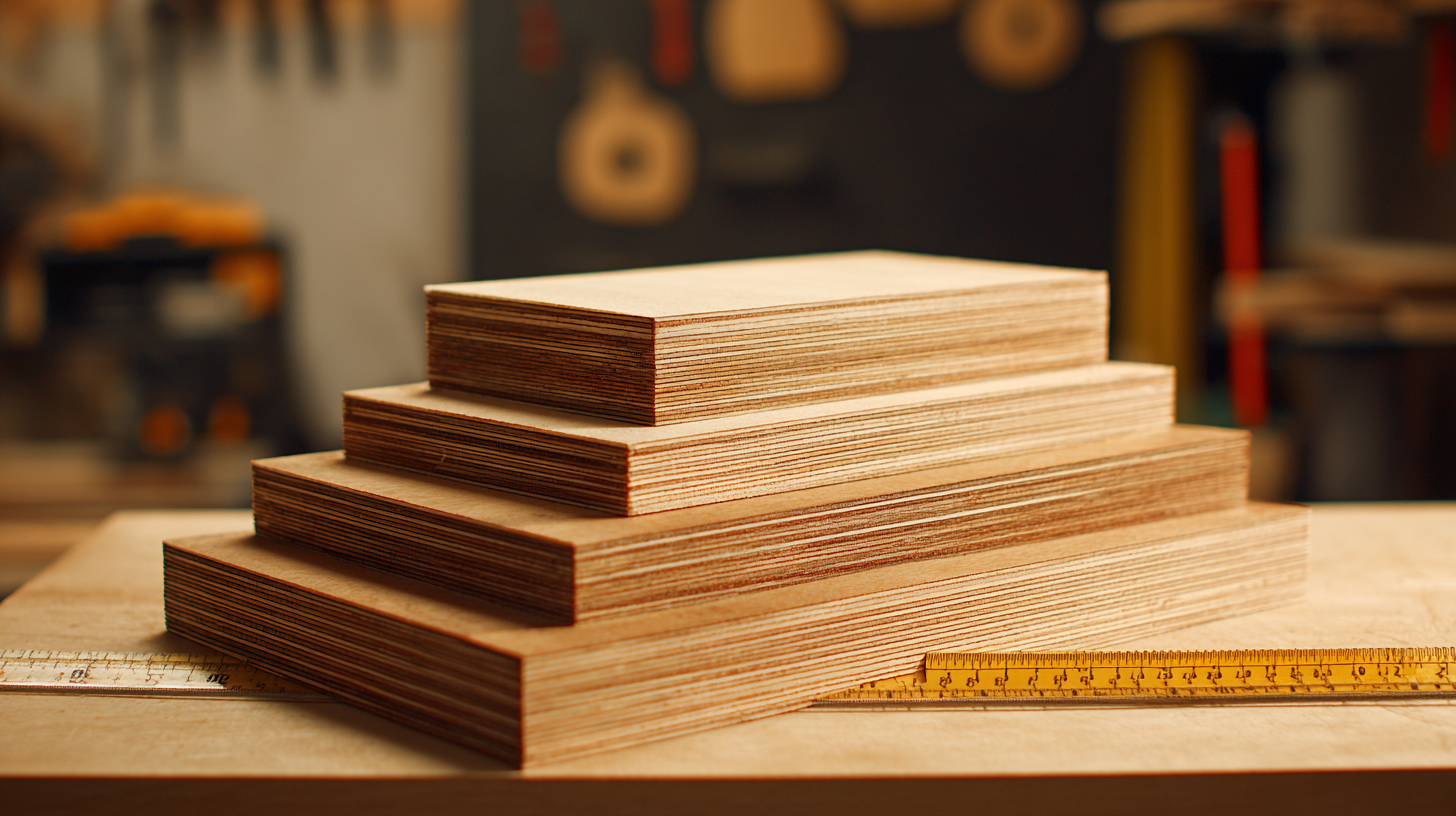
This guide delves into the meticulous process of accurately measuring your dimensions, selecting the right thickness, and placing an order that guarantees the perfect fit for your endeavor. Whether you're constructing furniture, cabinetry, or decorative items, mastering the art of ordering birch plywood cut to size will enhance both your efficiency and the quality of your final product.
When it comes to accurately measuring and ordering birch plywood cut to size for your projects, understanding its specifications is paramount. Birch plywood is typically available in several grades, such as BB/BB, B/BB, and A/A, each carrying distinct visual and structural qualities. According to the American Plywood Association, the thickness of birch plywood can vary significantly, ranging from 1/8 inch to 1 inch, and it is also essential to consider the number of plies; a higher ply count usually signifies a sturdier and more stable product.
Accurate measurements will rely heavily on understanding the nominal versus actual thickness of plywood. For instance, a sheet labeled ¾ inch is often only 23/32 inch thick. This subtle difference can impact fittings and connections in your project. Moreover, the moisture content and the country of origin can also affect the plywood’s performance; for example, Baltic birch is renowned for its high density and fine grain, often making it a favorite in high-quality applications. By grasping these specifications and taking precise measurements, you can ensure that your birch plywood meets the required standards for your specific project needs.
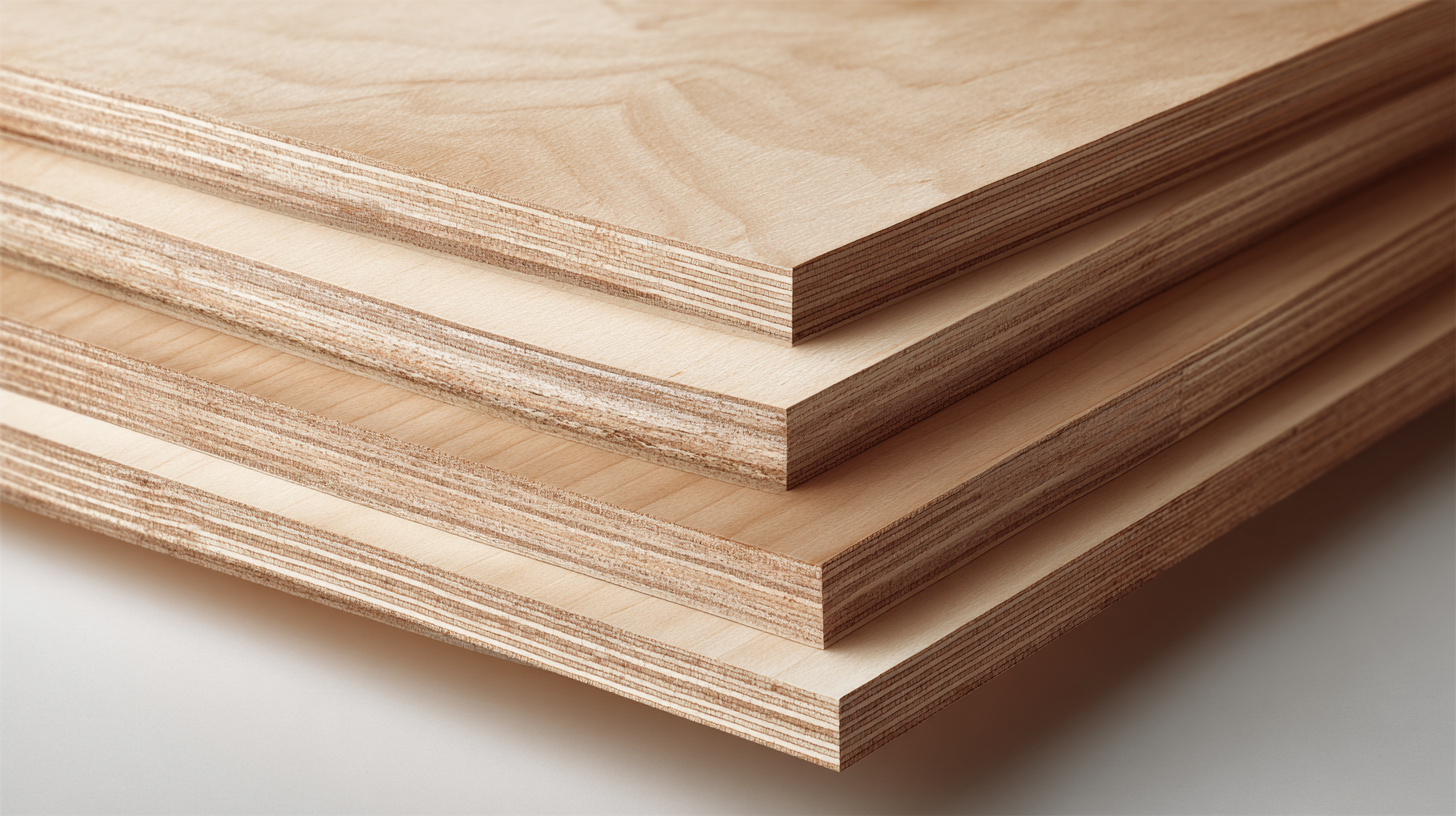
When it comes to measuring birch plywood accurately, having the right tools is essential for ensuring precision and achieving the desired finished product. A reliable tape measure is the first tool on your list. Opt for a steel tape that is sturdy and easy to read, allowing you to measure lengths up to 25 feet. For more intricate projects, a caliper can provide detailed measurements, especially for thickness, ensuring that you achieve the exact specifications needed for your cuts.
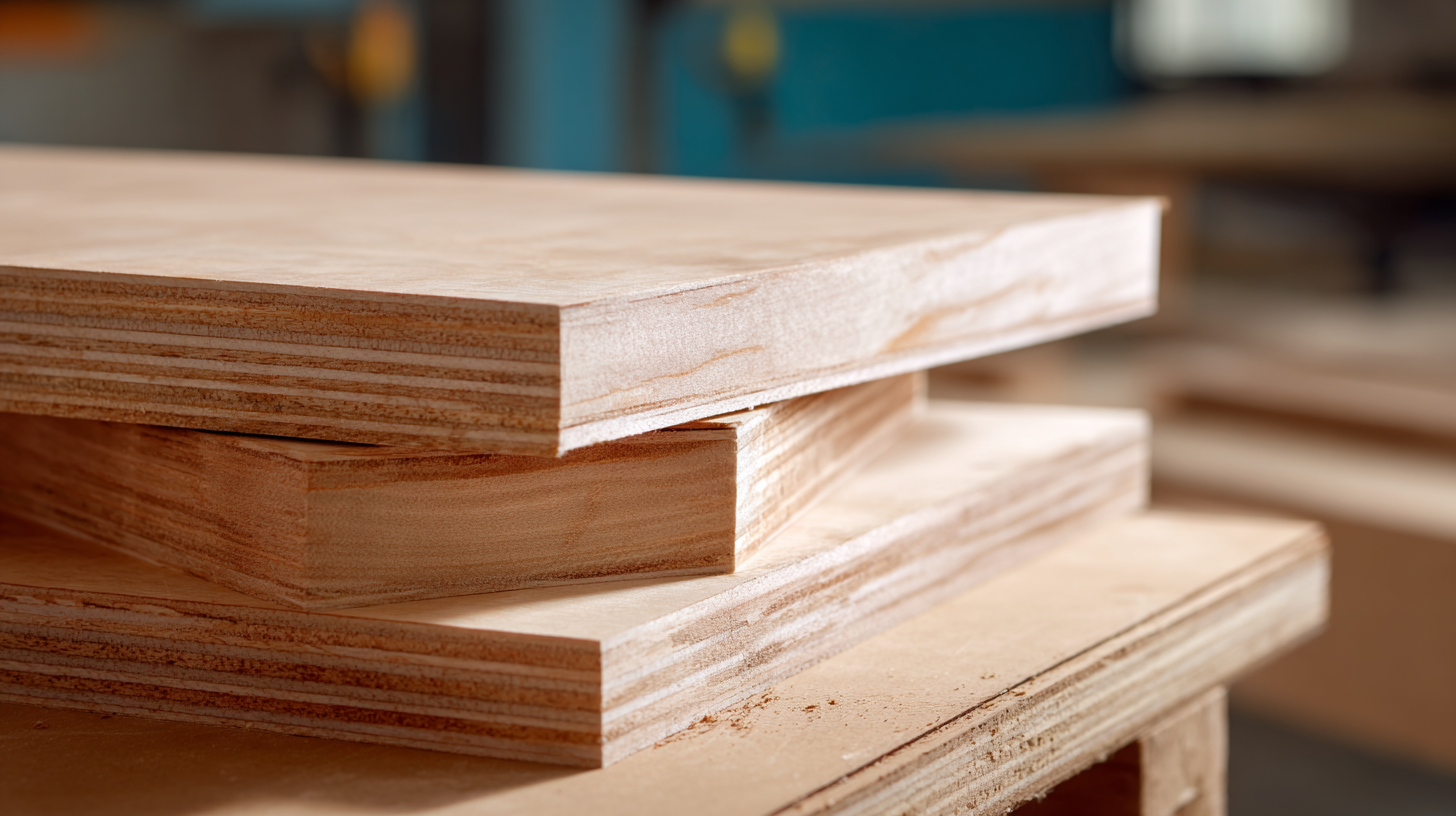
In addition to measuring tools, a good square is crucial for ensuring right angles. A framing square or a combination square will assist in transferring measurements accurately from your plan to the plywood itself. A straight edge or a carpenter's level also contributes to precise alignment when marking your cuts, enabling cleaner lines that lead to quality edges. Finally, a marking tool, such as a mechanical pencil or a marking knife, ensures that your measurements are noted clearly and accurately on the surface of the plywood. With these tools at your disposal, you can handle birch plywood measuring with confidence, setting the stage for successful results in your projects.
Cutting birch plywood to size requires precision and the right technique to ensure a perfect fit for your project. Begin by measuring the area where the plywood will be used, using a reliable measuring tape. It’s essential to keep measurements accurate and account for any potential gaps or overlaps. Once you have your measurements, mark them clearly on the plywood with a straight edge and a pencil. This step will guide your cutting and help maintain straight lines.
Next, choose the appropriate cutting tool based on the thickness and size of your plywood. A table saw is ideal for straight cuts, while a jigsaw can be used for curves or intricate shapes. Always wear safety gear, including goggles and a dust mask, to protect yourself while cutting.
As you cut, move slowly and steadily along the marked lines, applying even pressure to prevent splintering. Finally, check the dimensions of the cut pieces against your original measurements to ensure they fit perfectly before proceeding with your project.
When placing orders for custom-cut birch plywood, precision and communication are vital. According to a report by the Wood Products Manufacturers Association, the demand for high-quality plywood has increased by approximately 10% annually, driven by both residential and commercial construction needs. To ensure you receive the correct dimensions and quality, always provide clear specifications, including thickness, grain direction, and any machining requirements. Utilizing CAD drawings can help streamline this process, allowing suppliers to visualize the final product you need.
Moreover, consider the lead times when ordering custom-cut plywood. A survey conducted by the Plywood Association indicated that nearly 30% of delays in project timelines are due to miscommunications regarding sizes and specifications. To mitigate this risk, double-check your dimensions against industry standards, such as the nominal dimensions outlined by the American Plywood Association. This diligence will help avoid costly errors and ensure that your project runs smoothly. When in doubt, do not hesitate to reach out to your supplier for advice on optimal plywood grades based on the intended use, whether for furniture-making or structural applications.
When measuring and ordering birch plywood, avoiding common mistakes can save you time and money. One of the most frequent errors is miscalculating dimensions. Accurate measurements are crucial; always use a reliable measuring tape and double-check your figures before placing an order. It's also essential to account for any potential waste during cutting, which can vary depending on the complexity of your project. Sketching a clear plan can help in visualizing your needs and avoiding mishaps.
Another common mistake is neglecting the thickness of the plywood. Depending on your project's requirements, different thicknesses may be necessary for optimal strength and durability. Not specifying the correct thickness can lead to purchasing unsuitable materials, resulting in delays and additional costs. Additionally, many people forget to consider the grain direction or finish of the plywood, which can affect the final appearance of your project. By paying attention to these details, you can ensure a successful outcome for your woodworking endeavors.
| Dimension | Measurement Method | Common Mistakes | Solutions |
|---|---|---|---|
| Length | Measure from end to end with a tape measure | Not accounting for kerf | Add kerf measurement to total length |
| Width | Measure the widest part | Assuming uniform width | Measure at multiple points |
| Thickness | Use calipers for precision | Relying on nominal sizes | Check actual thickness before ordering |
| Grain Direction | Observe plank orientation | Ignoring grain pattern affects appearance | Choose grain direction according to project needs |


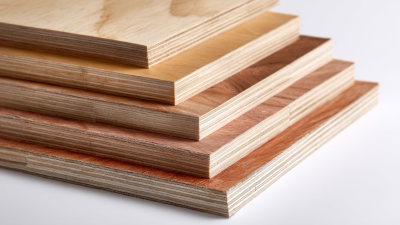


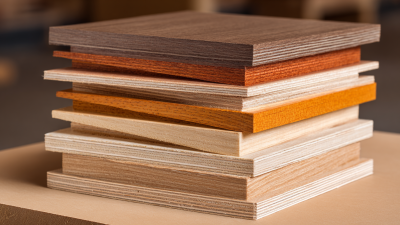

Signup our newsletter to get update information, promotion or insight.